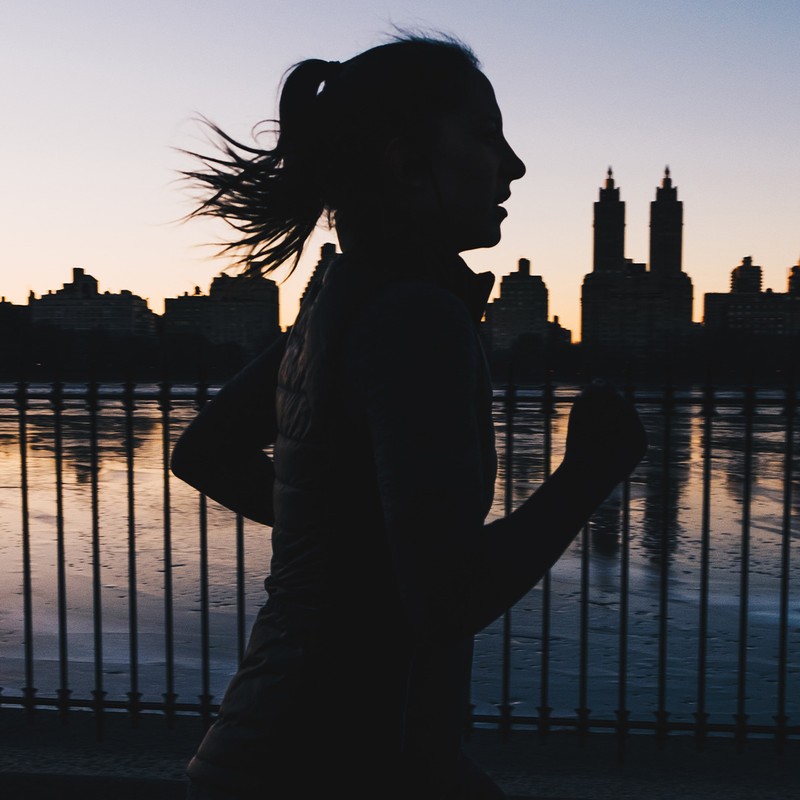7 Safety Tips For Running In The Dark
Stick To Bright Colours
An all-black ensemble may be your outfit of choice in the gym, but it pays to choose something a little brighter when you’re heading out in the dark. “This is a no-brainer,” says Ian Dempsey, triathlete, coach and Freetrain ambassador. “Dark clothing makes it significantly harder to be seen. If you can’t bear to part with dark leggings, at the very least wear a bright outer layer, such as a windbreaker.” Roslyn McGinty, triathlete and ambassador for INCUS Performance, agrees. “It’s always safest to be as bright as possible, especially if you run on country roads or in parks with other pedestrians and animals.”
Wear Reflective Gear
By firing back at motorists and cyclists, wearing reflective gear increases your visibility over a greater distance – accompanied with small flashing LEDs, you can boost your visibility by up to ten times. “I can’t stress enough the importance of light reflective items,” adds Tom Jenane, fitness and nutrition expert at Nature’s Health Box. “A waterproof reflective jacket is your best bet, but even a reflective headband can make a difference. If you’d rather stick to your usual kit, consider a hi-vis reflective vest, which you can wear on top of your jumper or top.” Freetrain’s bestselling VR Vest comes highly recommended – bringing practicality and safety together, it’ll hold your phone and keys while providing superior hi-vis protection.
Be Savvy With The Traffic
Try to run against the traffic so you can see everything coming your way. This is particularly important if you’re running in an area where there aren’t any pavements. Where possible, the pros also recommend training in the morning: if you plan your workout with sunrise, it’ll get lighter as your session progresses, whereas if you go in the evening, it’ll already be dark. “If you do go out in the dark, make sure your phone is fully charged as it can double up as a torch. If you’re going to the park, choose one that’s well lit, near a main road, or one that has a close entry and exit point,” advises Kira Mahal, CEO of Motivate PT.
Prepare For All Eventualities
As the weather gets colder, layers are key, says Roslyn. “There’s no such thing as bad weather, only bad clothing,” she says. “The British weather is unpredictable and it’s vital to be prepared for whatever will come your way. Your best friend will be a super-lightweight packable waterproof layer. You never know when you may need to turn a run into a walk due to an unforeseen injury and have to wait on the side of the road. If you’re going for a long run, or if it’s particularly cold, consider packing a lightweight down jacket into a sandwich bag and carrying it in a small backpack. It’s better to be over-prepared as you can always take layers off and pack them away.” And while staying warm is key, don’t overdo it. You should feel slightly too cold when you head out as within a few minutes of running, your body starts burning glycogen to produce energy, which releases heat. “As a general rule of thumb, dress for weather 10°C warmer than it really is,” says Tom.
Keep Your Neck Warm
Some people find it tricky to breathe properly when exercising in colder weather, especially if you’re asthmatic. “This happens because the lungs heat up and humidify the air we inhale and cold air irritates the lungs and causes them to narrow, making it trickier to breathe,” says Roslyn. “If this sounds familiar, don’t think twice about scaling back the intensity of your workout when it’s cold. The higher your heart rate, the faster your breathing rate will be, so make sure to stay at a lower heart rate – around 130-140 bpm – when it’s very cold and save your threshold runs or sprint intervals for an indoor treadmill.”
Be Careful With Music
If you run with headphones, remove them if you find yourself in an isolated area, especially if it’s starting to get dark or you’re concerned about any suspicious-looking individuals. “If you struggle to run without music, at the very least use a pair of headphones that isn’t noise-cancelling,” Roslyn advises. “This will make it easier to hear what’s going on around you. And if you do listen to music or a podcast, keep it at a lower volume, particularly in quieter areas.”
Check The Forecast
Before you leave, get into the habit of checking the weather – even if it doesn’t look cold from inside, factors such as wind chill can take their toll. “The one thing you should look at is the wind speed,” says Tom. “A number under ten means it’s nice and calm, whereas ten to 20 is pretty windy, so expect to be slowed down by the wind. Meanwhile, 20 to 40 represents strong winds, so a run will be considerably more challenging. Over 40, don’t bother. One thing that can help is running against the wind at the start of your run. Then, as you tire, you can run the opposite way and go with the wind.” At the same time, it’s important to know when to skip an alfresco workout. “If the wind chill is below 0ºC, the wind is gusting enough to blow you off your feet, or you can’t see the ground for snow, do something inside instead,” adds Lucy Arnold, founder of Lucy Locket Loves.
The Apps To Know...
Strava Beacon
Upgrade to the paid version of Strava and you’ll have access to advanced safety features such as Beacon, which allows you to share your live location with three safety contacts.
Visit Strava.com
One Scream:
Turn on the app’s location feature before you go for a run and scream if you encounter any danger. About 20 seconds after the initial sound, the app notifies a list of people that you can customise in advance.
Visit OneScream.com
Red Panic Button:
When this app’s red panic button is pressed it sends a Google Maps link to your emergency contacts. It can also access your Twitter account in order to tweet an emergency message.
Visit RedPanicButton.com
Kitestring:
An online service that allows you to activate a safety plan in a potentially unsafe situation, you can ask Kitestring to check in with you via text after a certain amount of time. If you don’t respond to their text within a specific time window – such as after a 30-minute jog – it’ll notify your emergency contacts.
Visit Kitestring.io
Life360:
Created for families, Life360 allows you to create circles to which you can add friends or family members, who will then have access to your location at all times. The app can send real-time alerts when you arrive or leave destinations, and features a Help Alert which tells those in your circle you feel unsafe ten seconds after pressing.
Visit Life360.com
Zich:
Use the app to send SOS alerts using either your voice or a tap, automatically send audio and video clips during an emergency, and receive fake phone calls whenever you feel you’re in an uncomfortable situation.
Visit Zich.app
For more information visit Freetrain.co.uk, INCUSPerformance.com, NaturesHealthBox.co.uk and MotivatePT.co.uk
Shop Our Editor's Pick's Below...
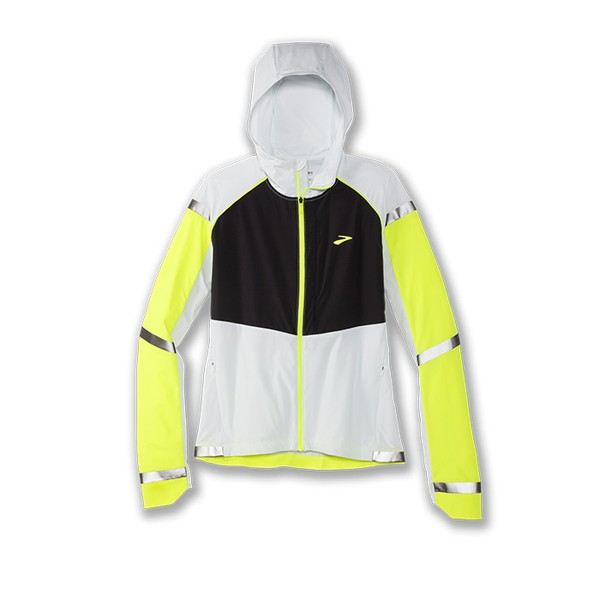
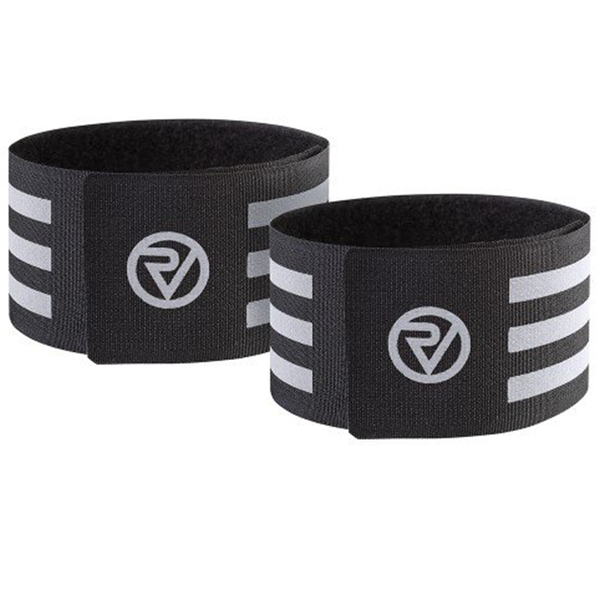
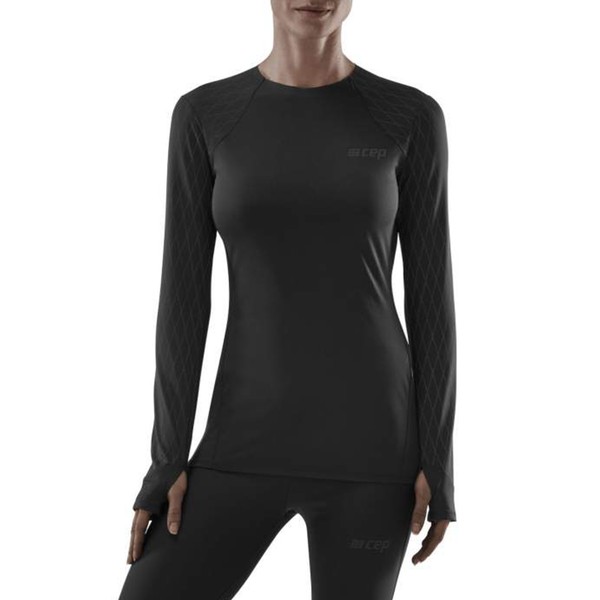
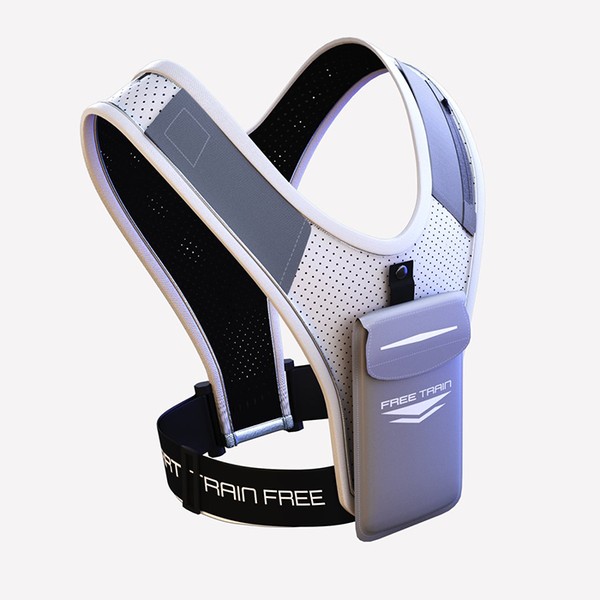
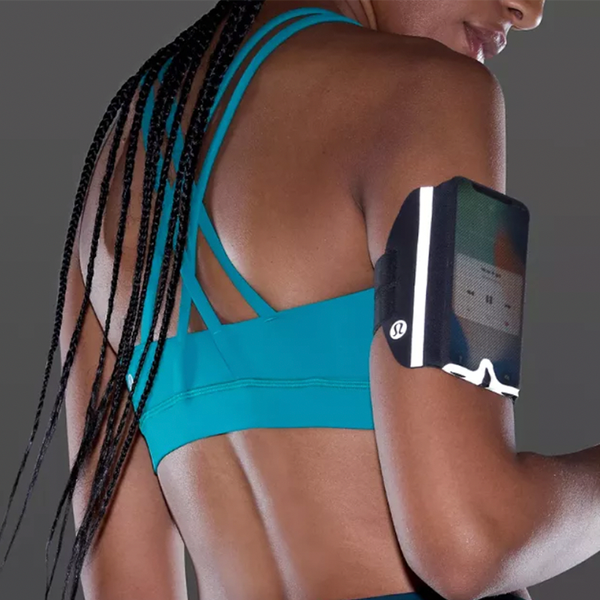
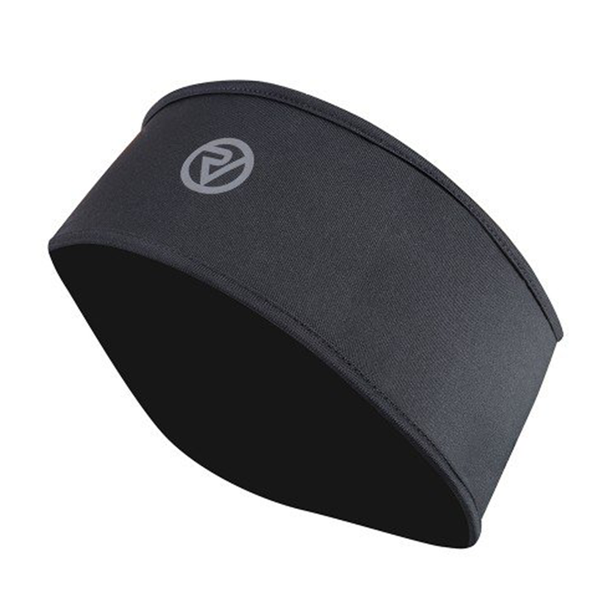
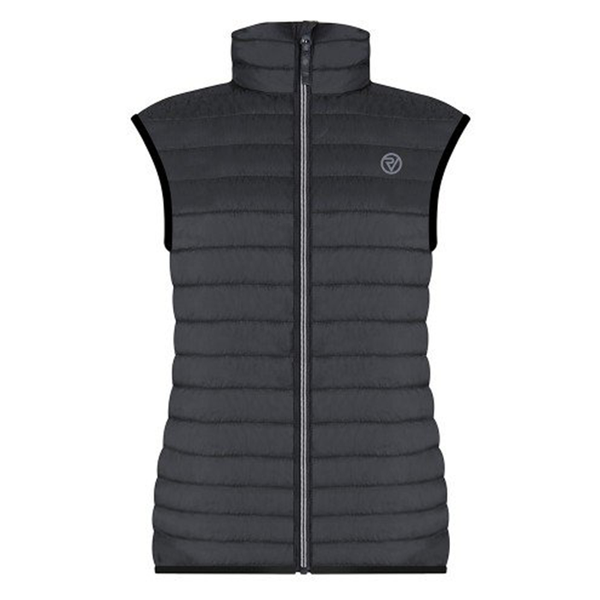
DISCLAIMER: Features published by SheerLuxe are not intended to treat, diagnose, cure or prevent any disease. Always seek the advice of your GP or another qualified healthcare provider for any questions you have regarding a medical condition, and before undertaking any diet, exercise or other health-related programme.
DISCLAIMER: We endeavour to always credit the correct original source of every image we use. If you think a credit may be incorrect, please contact us at info@sheerluxe.com.
